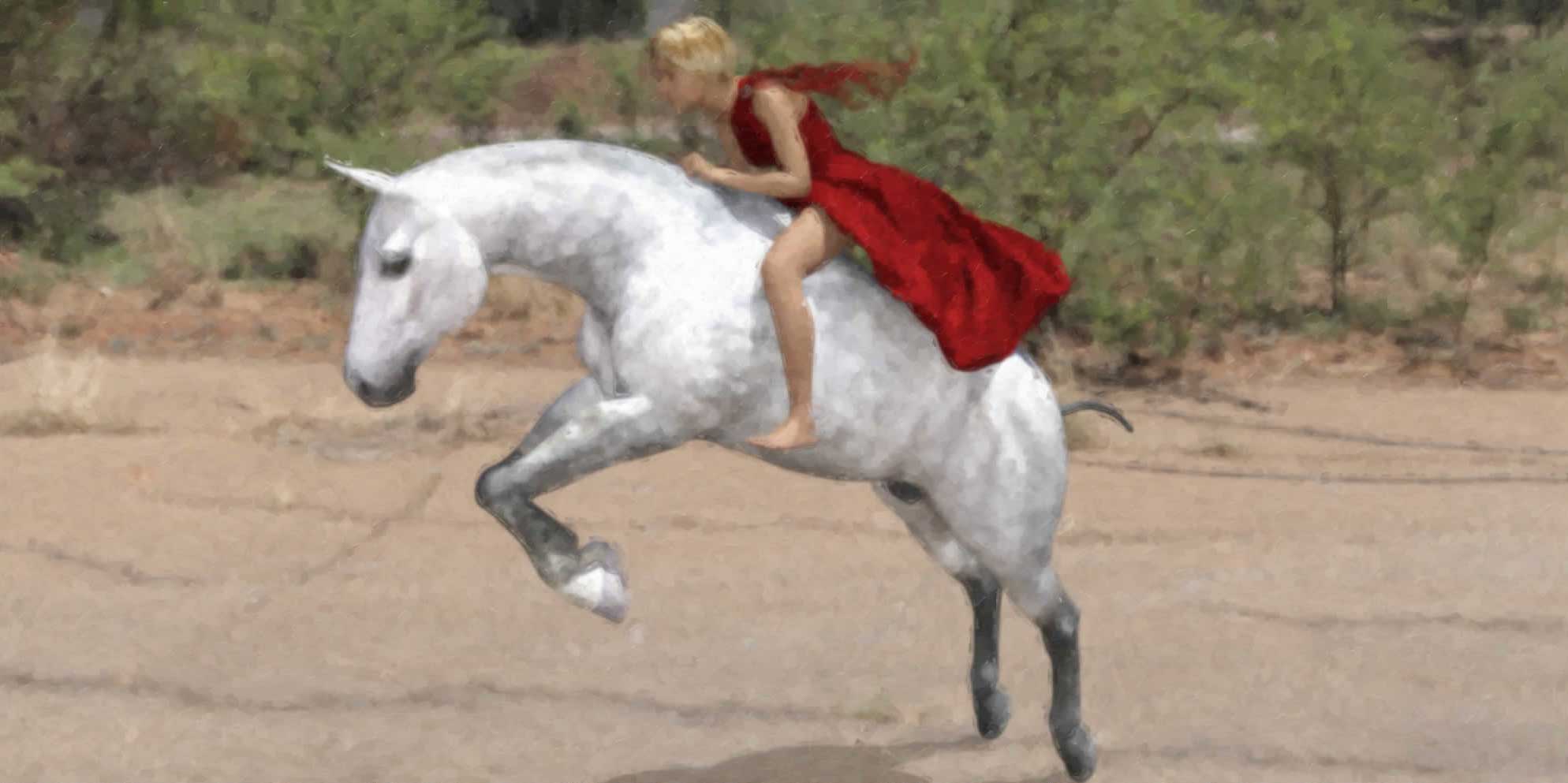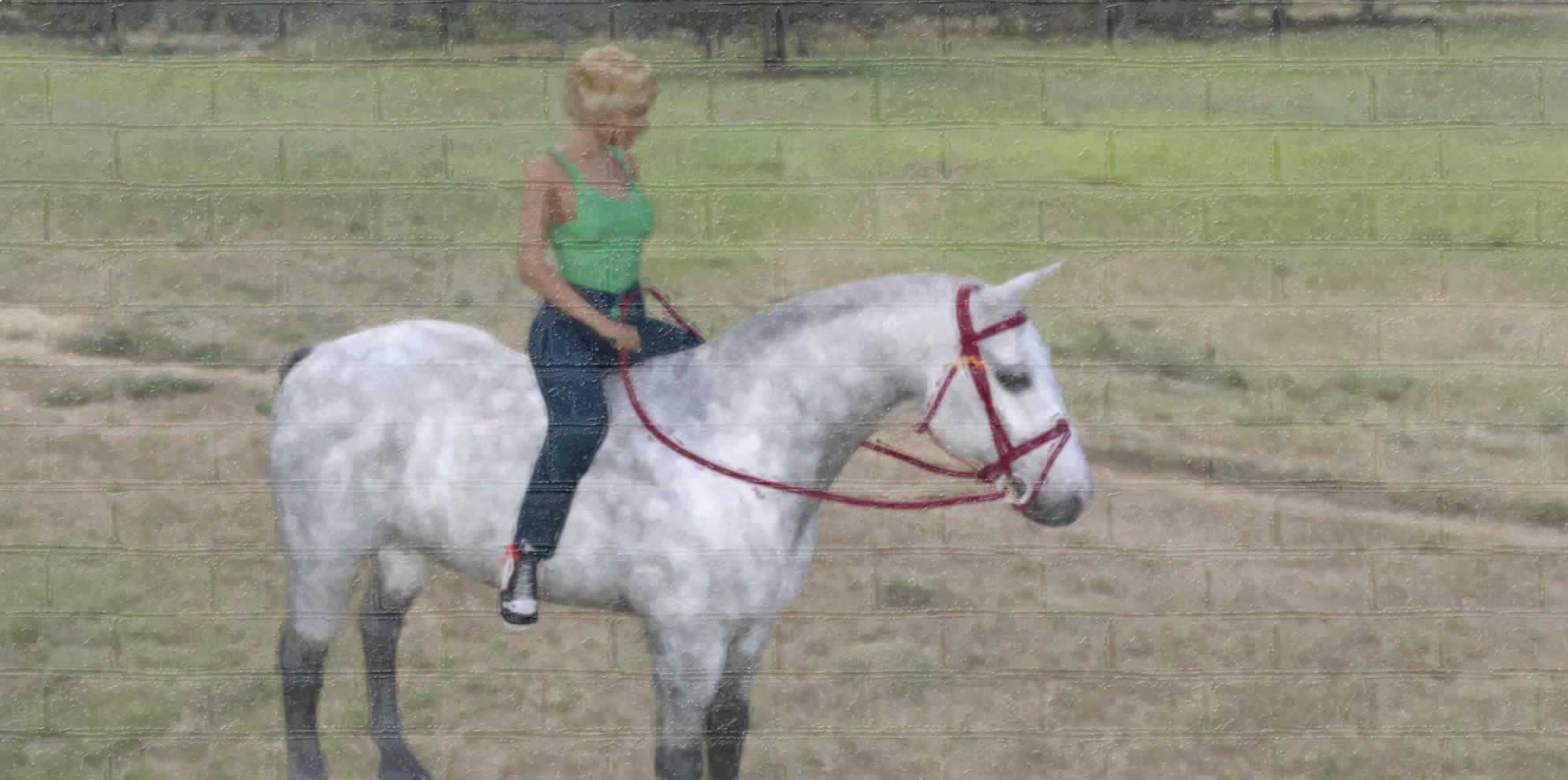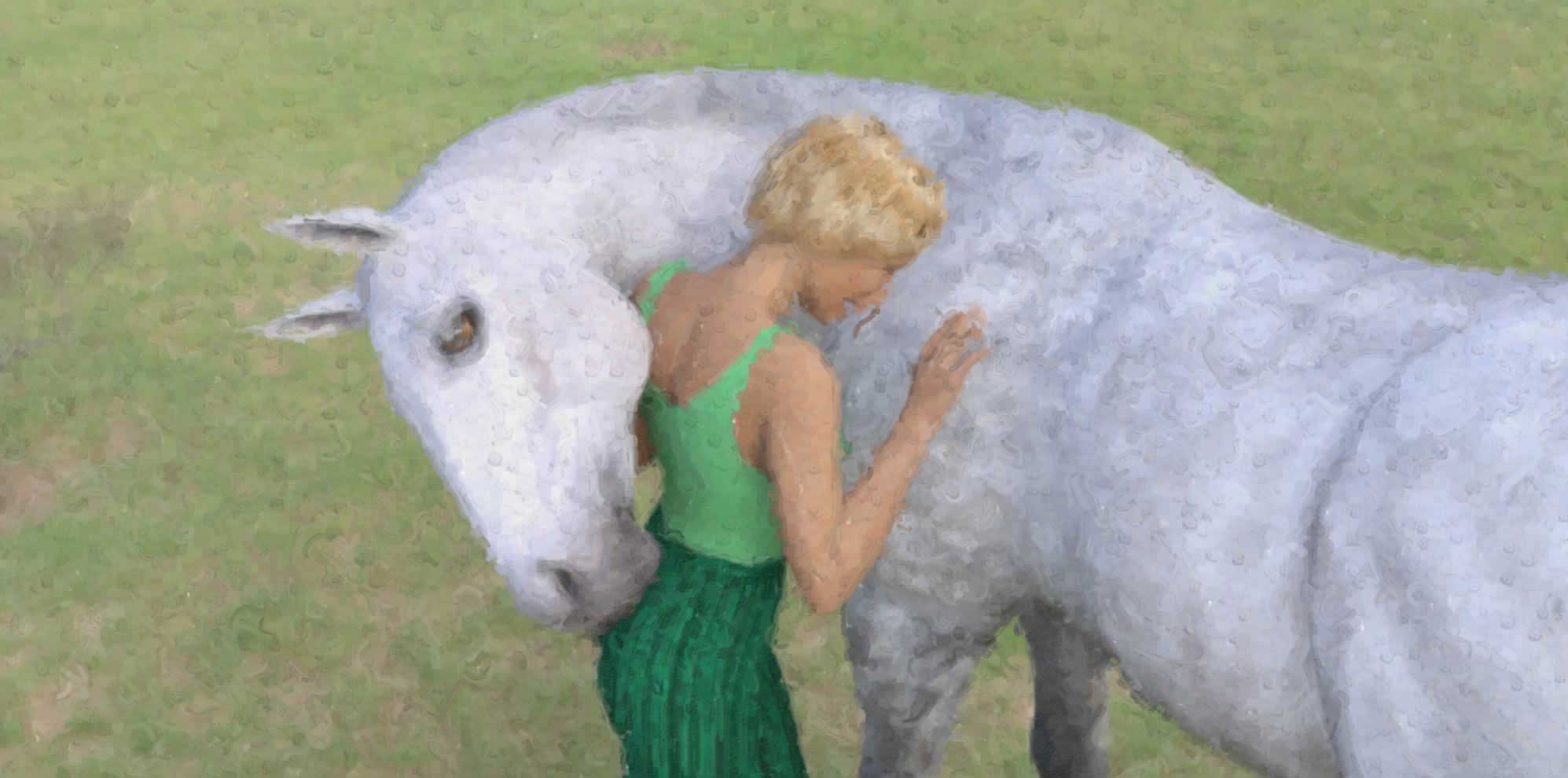Painting a Horse Using a Digital Art Projector: A Step-by-Step Guide
Painting a horse can be a daunting task for an artist, especially if you are new to the medium. With a digital art projector, though, the challenge is made easier.
A digital art projector is a device that relays images from a computer or other source onto a canvas or wall. By tracing the projected image, you can quickly and accurately create a painting of a horse.
This step-by-step guide will provide you with the tools and tips necessary to create a stunning painting of a horse using one; from setting up the projector to finishing the final touches, you’ll find all the information you need to create a beautiful horse painting. So get ready to get creative and start your next project with a digital art projector!
What is a digital art projector?
A digital art projector is a device that projects images from a computer or other source onto a canvas or wall. This process allows the artist to trace the projected image quickly and accurately, making it easier to create a painting of a subject such as a horse. They can vary in size, quality, and cost. Some projectors come with a stand or mount, while others are designed to sit directly on a table.
Look for a projector that has a large enough screen to fit the image, but is lightweight enough to move around easily. If you are looking for a digital art projector for your home, you can find different models at art supply stores and online retailers. If you are using the projector in a classroom or art studio, you may want to purchase a model from an educational supplier.
Benefits of using a digital art projector
There are many benefits to using a digital art projector to create a painting. These benefits include:
- A digital art projector is affordable; projectors are available at a variety of price points, both new and used. The more expensive projectors will have larger screens, but even a moderate-priced model will have a bigger screen than a traditional canvas.
- You can create a consistent painting. If you’re painting the same subject multiple times, using a projector will allow you to create a consistent image each time. - You can create a large painting. Using a projector, you can create an enormous painting in a short amount of time.
- You don’t need to be an expert to paint with a projector. Using a projector makes painting accessible to artists of all skill levels.
- No longer do you need to be an expert in perspective and proportions to paint a horse.
Setting up the projector and canvas
After you have gathered all the necessary materials, you can begin setting up the projector and canvas. Depending on the projector you are using, you may want to place the projector directly on the floor or table, or you may want to mount it to the wall (many digital art projectors come with wall mounts, so make sure yours does too!). You will also want to place the canvas on the floor or tabletop. However, if you want the painting to be a bit higher off the ground, you can always place the canvas on an easel or some type of stand.
Your digital art projector should come with instructions on how to set it up properly. It is important to use a table or stand that is sturdy enough to hold the projector and canvas. If you place the projector and canvas directly on the floor, make sure the floor is clear of any clutter or items that could get in the way of the image or project.
Preparing the projection image
After you have set up the projector and canvas, you can prepare the projection image. The easiest way to do this is to find an image of a horse online and save it to your computer. Make sure the image is the correct size, either in pixels or as a percentage of the screen. Make sure the image is in black and white, and preferably in a landscape orientation.
If the image is too bright, you can always turn down the brightness on your computer. You should also turn off any other lights in the room, as this can affect the quality of the image. You can also cover the projector with a black cloth to make the picture even darker.
Tracing the projection image
Now that you have created the image and prepared the projector, you are ready to trace the image and create the painting. Before you get started, you will need to adjust the projector. You can lower the brightness to make the image less transparent. This will make it easier to trace the image. You can also adjust the contrast of the image to make it darker. Once you have adjusted the projector, you are ready to trace the image.
Start tracing at the top of the image to avoid smudging the image. Once you have completed tracing the outline of the image, you can use the projector to trace any other areas of the painting that you want to be detailed.
Finishing the painting
After you’ve traced the image and are happy with the results, you can move on to the finishing touches. If you used a pencil to trace the image, you will need to color in the image with paints. If you used a charcoal pencil, you will need to dust off the image to reveal the black lines. Some digital art projectors have a feature that will automatically convert the black lines to white, making it easier to paint the horse.
Adding final touches
If the painting is finished, you can add a few finishing touches to make the painting really stand out. Add texture by applying thick paint with a palette knife or other tool. You can also create a crackle effect by applying paint to a surface and then sprinkling it with sand or salt.
Once the painting is finished, you can display it in your home or office. You can either mat and frame the painting or use a digital art projector to project the image onto a wall. For wall art, choose a wall that gets plenty of natural light.
Best practices for painting with a digital art projector
- Work on a large canvas - Painting on a larger canvas is great for artists who like to work with large pieces or need more space for detail. A digital art projector allows you to project the image onto a large canvas, making it easier to create a more detailed painting.
- Choose a subject with lots of color - Painting a subject with lots of color will make it easier to trace the image. Since the image is in black and white, you can easily trace the outline of the subject.
- Choose an image with a simple background - If you are struggling to trace the image, try choosing a subject with a simpler background. You can also try repositioning the projector to get a better view of the image.
- Start with a simple subject - If you are just beginning to use a digital art projector, start with a simple subject. A horse is a good subject for beginners, as it has a distinct shape.
- Disconnect from technology - Whilst you can use a digital art projector to speed up the painting process, you also want to disconnect from technology and focus on creating art.
- Enjoy the process - Whilst digital art projectors are great for creating art quickly, it is important to enjoy the process.


